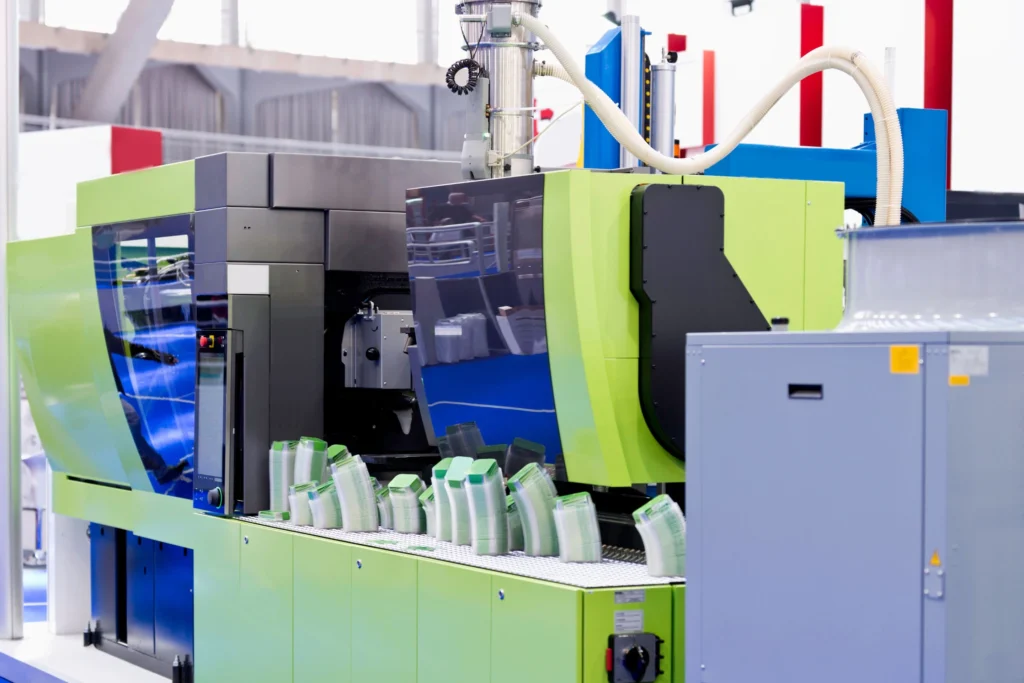INTRODUCTION TO INSERT MOULDING AND OVERMOULDING
Insert moulding and overmoulding are advanced injection moulding techniques that enable the integration of multiple materials or components into a single finished part. These methods are widely applied in industries such as automotive, electronics, medical devices, and consumer products, where functionality, durability, and aesthetic quality are essential.
Insert moulding involves placing a preformed insert—typically metal or another rigid material—into the mould cavity before injecting molten plastic around it. This creates a strong mechanical bond and combines the strength of metal with the flexibility of plastic. Overmoulding, on the other hand, refers to the process of moulding a second layer of material over a substrate or previously moulded part, often for purposes such as improved grip, sealing, insulation, or appearance enhancement.
LEARNING OBJECTIVE
- To introduce participants to the concepts and applications of insert moulding and overmoulding
- To understand the materials, tooling, and machine requirements involved
- To identify key process parameters and common challenges
- To develop best practices for high-quality multi-material moulded parts
WHO SHOULD ATTEND
- Moulding Technicians and Engineers
- Tool Designers
- QA/QC Inspectors
- Technical and production supervisors
TRAINING METHODOLOGY
- Visual guides and defect charts
- Process parameter templates
- Case study materials
- Certificate of completion
COURSE OUTLINE
DAY 1: Fundamentals and Process Understanding
Morning Session: 1.0 Overview of Insert Moulding and Overmoulding
- Definitions and differences between insert moulding and overmoulding
- Applications in automotive, electronics, consumer goods
- Benefits of multi-material moulding
2.0 Materials for Insert and Overmoulding
- Compatible material combinations (metal + plastic, TPE + plastic)
- Adhesion and bonding principles
- Thermal expansion and material behavior
3.0 Tooling and Mould Design
- Mould layout for insert and overmoulding
- Gate design, parting lines, ejector considerations
- Insert retention features and alignment
Afternoon Session: 4.0 Machine and Equipment Requirements
- Vertical vs horizontal moulding machines
- Robot-assisted and manual insert placement
- Clamping, alignment and safety considerations
5.0 Insert Loading Techniques
- Manual vs automated insert placement
- Fixtures, jigs, and sensors
- Position verification and defect prevention
DAY 2: Process Optimisation and Defect Control
Morning Session: 6.0 Moulding Parameters and Process Control
- Temperature, injection speed, holding pressure
- Insert pre-heating, if required
- Controlling flash, voids, delamination
7.0 Quality Inspection for Overmoulded Parts
- Visual and dimensional checks
- Bond strength testing
- Functional testing where applicable
Afternoon Session: 8.0 Common Defects and Troubleshooting
- Insert shifting or floating
- Incomplete fill and short shots
- Poor adhesion and overmould separation
9.0 Group Exercise / Case Study
- Review sample parts and mould designs
- Identify problems and recommend solutions
- Group presentation and discussion
Wrap-Up: Lessons Learned, Final Q&A, and Action Planning


